Forget Supermarket Flowers: Here’s How to Grow Unforgettable Carnations
I’ve spent more than thirty years with my hands in the dirt, and a good chunk of that time has been all about one flower: the carnation. To most people, they’re just simple, sturdy fillers for bouquets. Reliable, sure, but not exactly exciting. But to a grower, they’re a masterpiece waiting to happen.
In this article
The gap between a grocery store carnation and a show-quality bloom is HUGE. It’s a difference you can see and feel, and it all comes down to careful feeding, smart timing, and really understanding what the plant wants. This isn’t just about keeping it alive; it’s about unlocking its full potential. And that journey starts with a little bit of knowledge, not just a packet of seeds.
I’ll be honest, I learned this the hard way. I’ll never forget the first time I tried growing exhibition-style carnations in my regular, unimproved garden soil. They were sad, pale, spindly things. That failure taught me the most important lesson in gardening: everything, and I mean everything, starts with the soil.
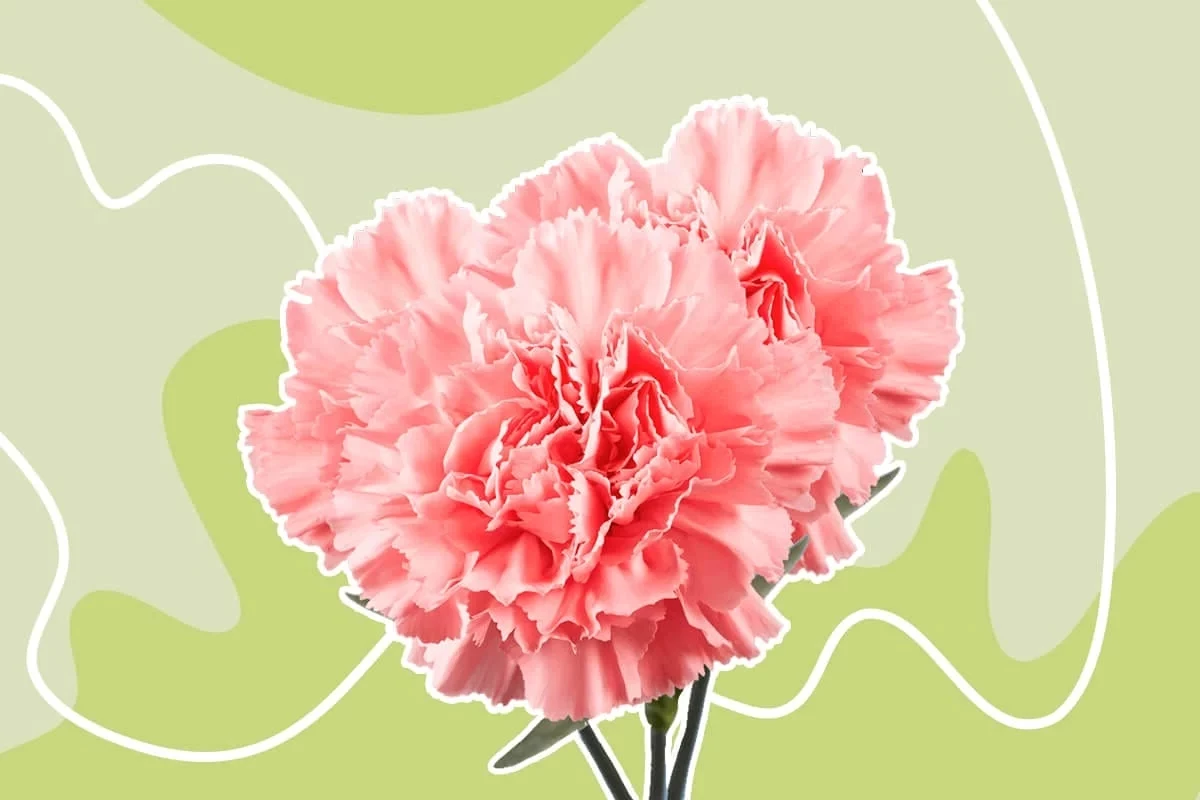
Getting the Foundation Right: What Carnations Crave
Before you even think about planting, you’ve got to get inside the head of a carnation. These aren’t delicate tropical flowers that need constant babying. They come from the Mediterranean, which means they’re used to sunny days, cooler nights, and gritty, fast-draining soil. Almost every mistake I see comes from forgetting this simple fact.
Let’s Talk About Dirt (The Sciencey Part)
Carnations are incredibly picky about their soil’s pH. They like it neutral to just a little bit alkaline—the sweet spot is a pH between 6.7 and 7.5. If your soil is too acidic (that’s a pH below 6.5), the plant just can’t absorb key nutrients like phosphorus and magnesium, no matter how much you fertilize. You’ll end up with weak stems and sad, yellowing leaves.
So, how do you know your pH? You test it. For a brand new garden bed, a lab test is worth every penny. Seriously. Check with a local university extension; it might cost you between $30 and $60 for a super detailed report. For ongoing maintenance, a simple home kit from any garden center will do the trick and only set you back about $15 to $20. I test my main beds every couple of years.
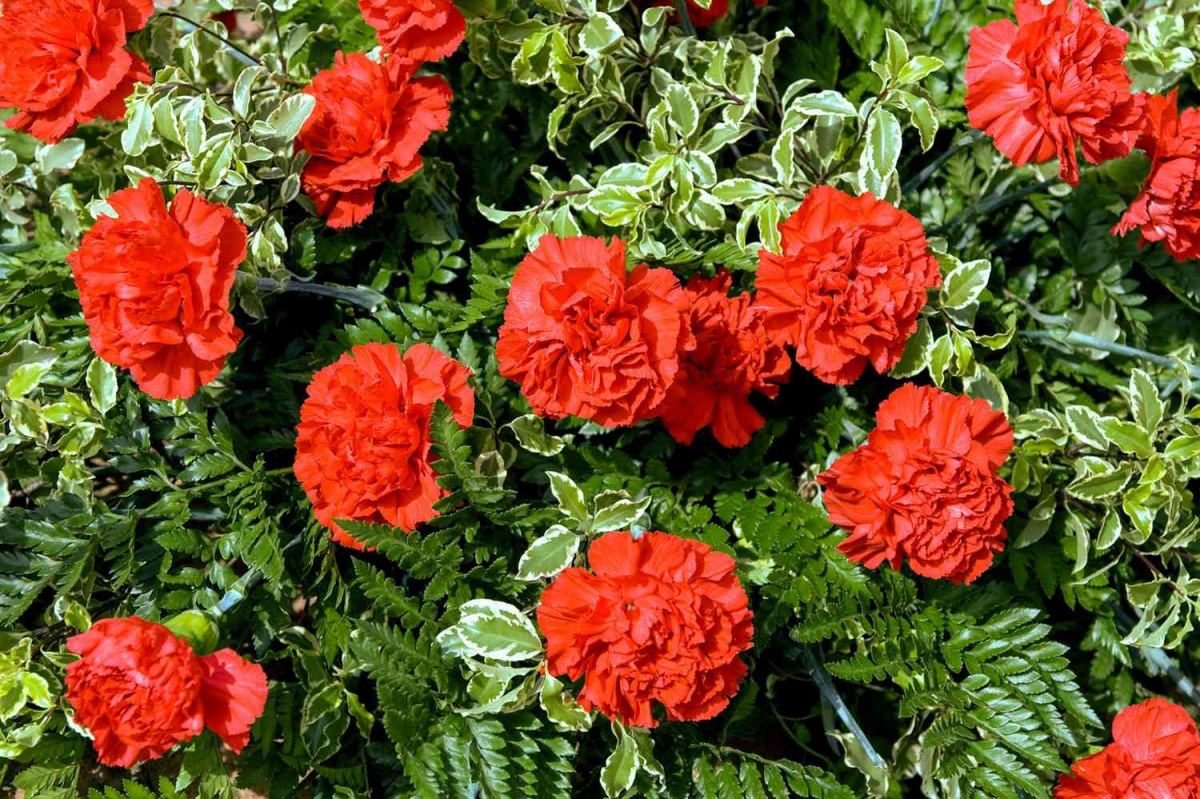
If you find your soil is too acidic, the fix is garden lime or dolomite lime. The trick is to add it in the fall, long before you plant, to give it time to work its magic. A quick tip: The bag will have instructions, but I usually start with a good handful or two per square yard for my soil. It’s always better to add less and re-test next year than to go overboard and create a whole new problem.
Drainage, Drainage, Drainage
This is just as important as pH. Carnation roots are fine and need to breathe; they will literally rot and die if they sit in a puddle of water. Heavy, dense clay soil basically suffocates them. It’s a total non-starter.
If you’re cursed with clay, you need to amend it by digging in lots of organic matter like compost or well-rotted manure. But you ALSO need to add something to create air pockets. This is where horticultural grit or sharp sand comes in.
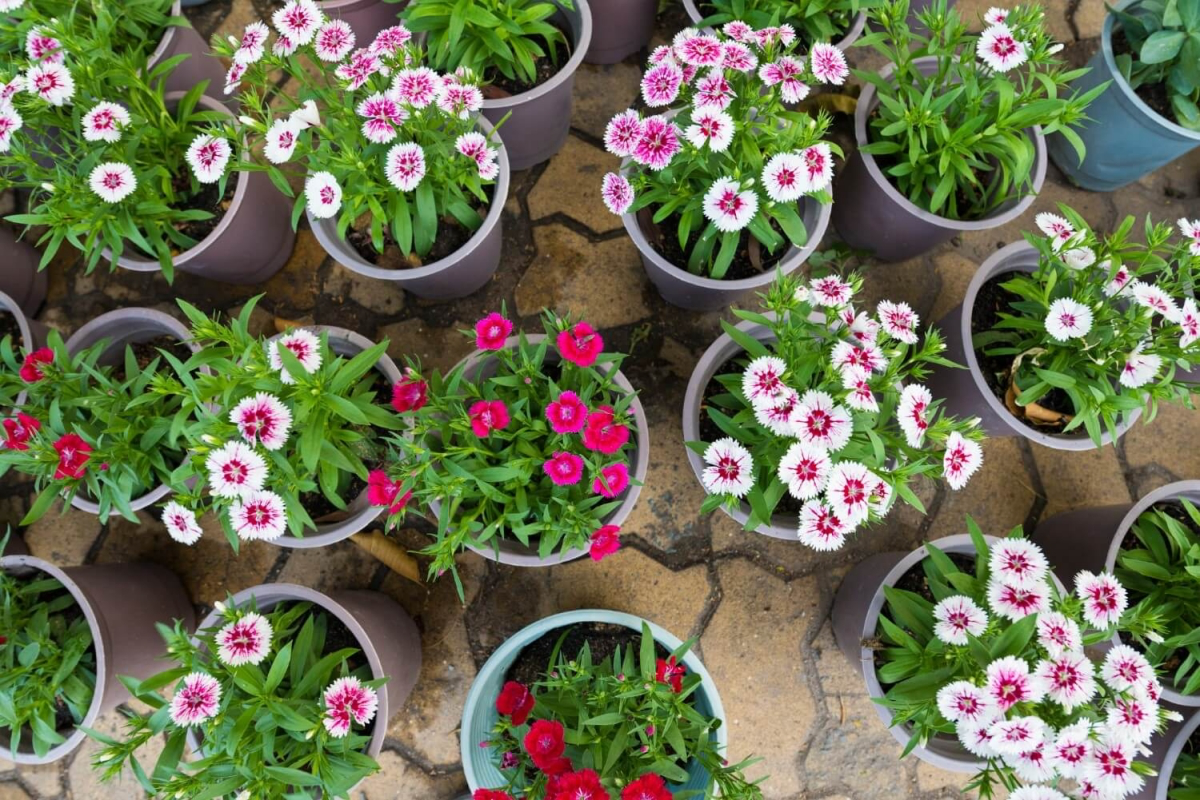
Heads up! AVOID THIS MISTAKE: Never, ever use play sand or builder’s sand to try and fix clay soil. The particles are too fine and round, and they will turn your soil into something resembling a concrete brick. You need coarse, sharp horticultural grit. It makes all the difference.
By the way, when I’m mixing up a batch of potting medium for my container plants, my go-to recipe is one part loam-based compost, one part horticultural grit, and one part perlite. It’s the perfect blend of structure, nutrients, and killer drainage. If you can’t find a specific brand like John Innes, just look for any quality potting mix that says
Galerie d’inspiration
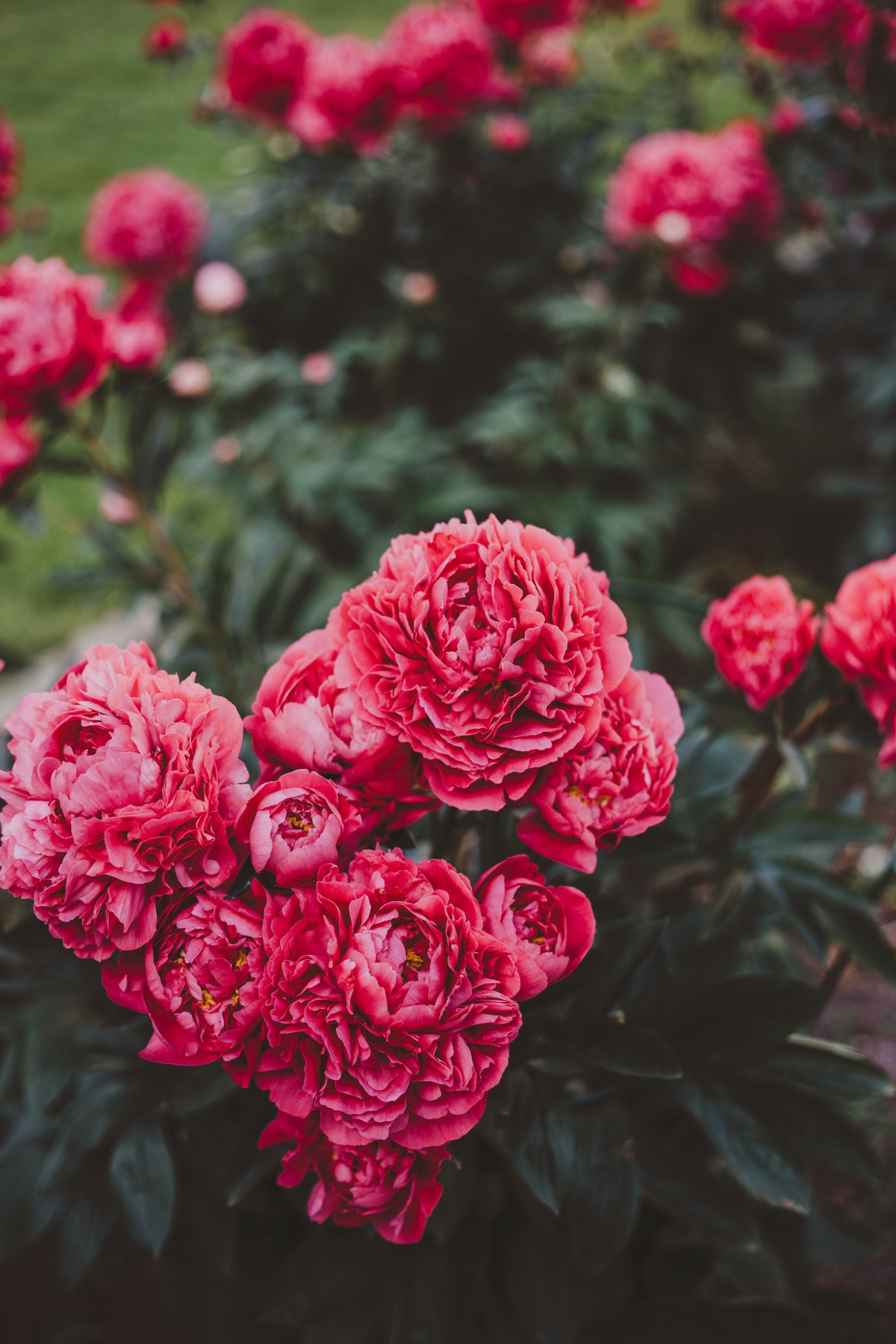
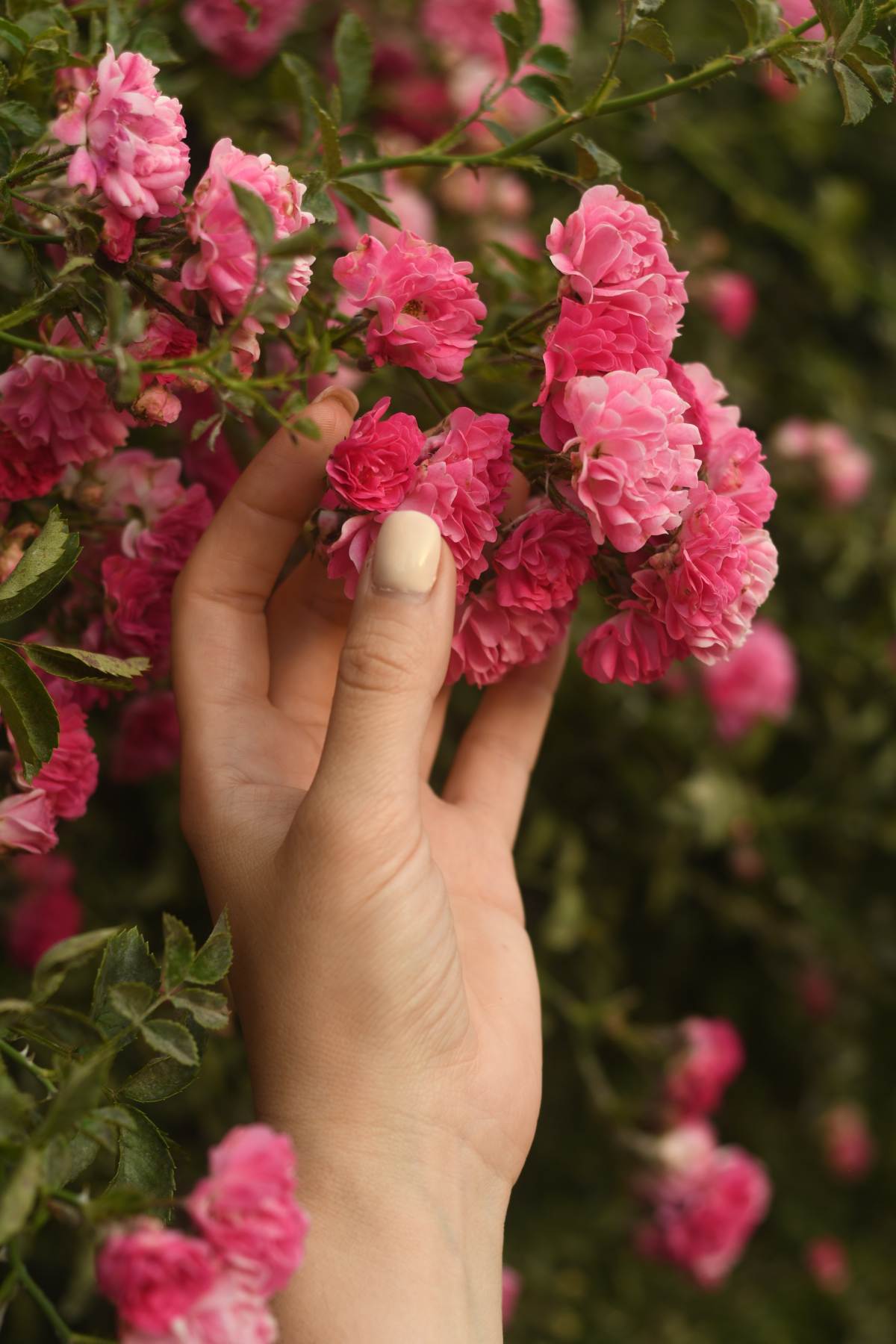
The botanical name for carnation, Dianthus, comes from the Greek words ‘dios’ (god) and ‘anthos’ (flower). They are literally the ‘Flowers of God’.
This ancient reverence hints at the flower’s true potential. When you cultivate a carnation with care—focusing on its specific needs for alkaline soil and sun—you’re not just growing a plant; you’re coaxing a divine beauty, far removed from the mass-produced versions seen in supermarkets.
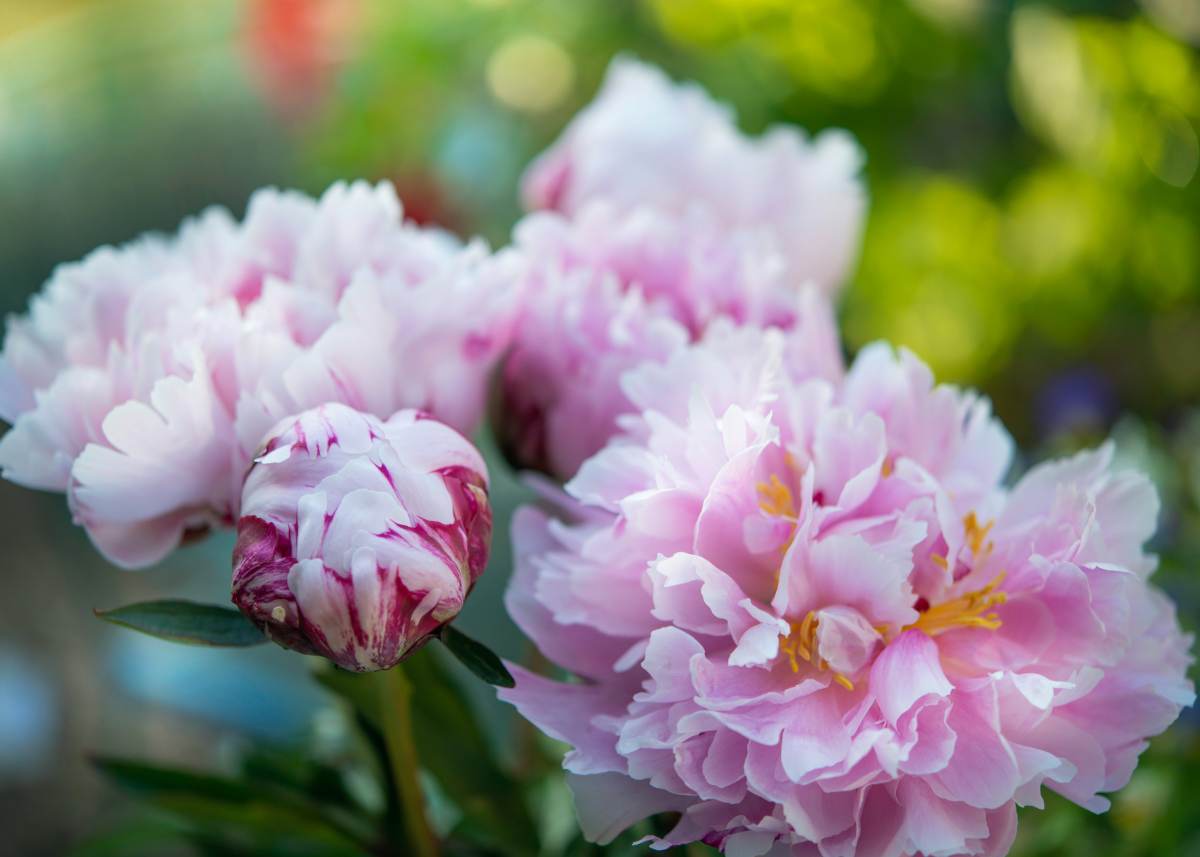
Why don’t my carnations have that classic spicy, clove-like scent?
You’re not imagining it. Many modern carnation varieties have been bred for size, color, and long vase life, often at the expense of fragrance. To recapture that intoxicating scent, seek out heirloom or heritage varieties like ‘Chabaud’ or ‘Grenadin’. They may produce slightly smaller blooms, but their rich perfume is an unforgettable reward for any gardener.
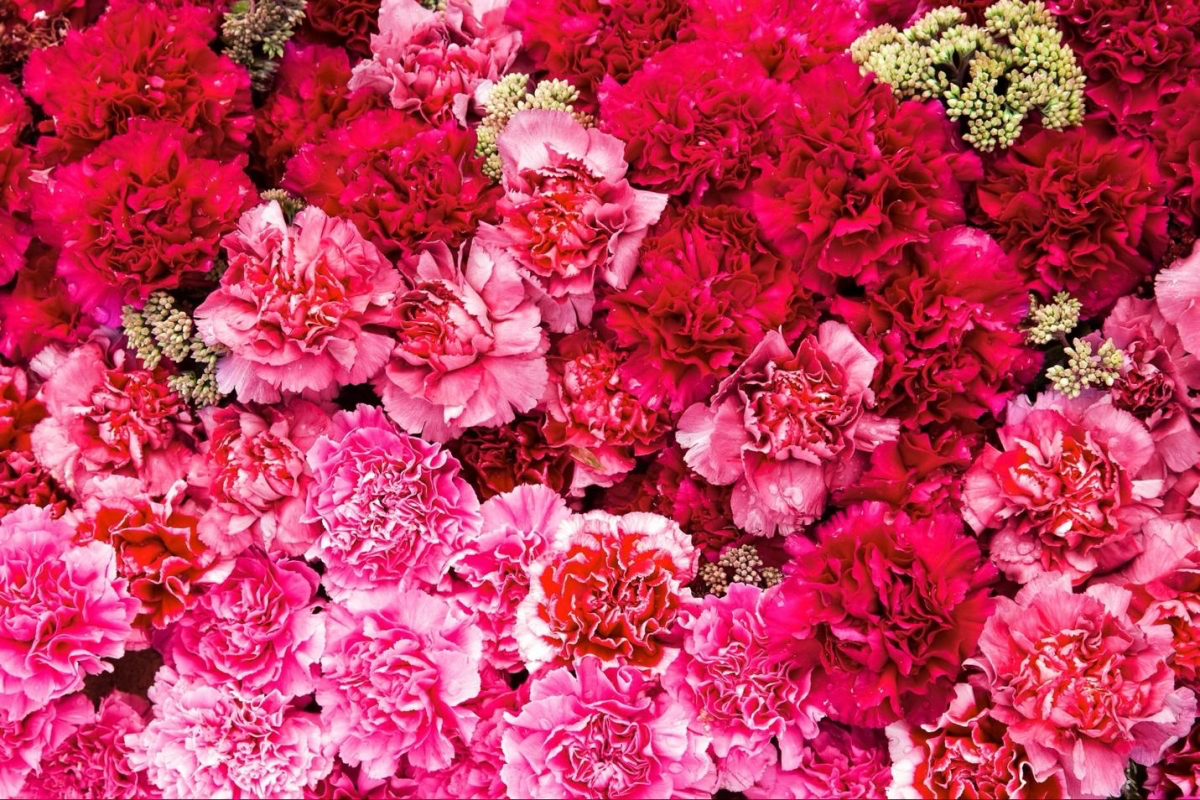
For truly magnificent, single-stem blooms, the secret is a technique called ‘disbudding’. Once the main bud at the top of the stem has formed and is about the size of a pea, carefully pinch off the smaller side buds that form just below it. This channels all the plant’s energy into producing one single, spectacular flower, perfect for exhibition or a statement vase.
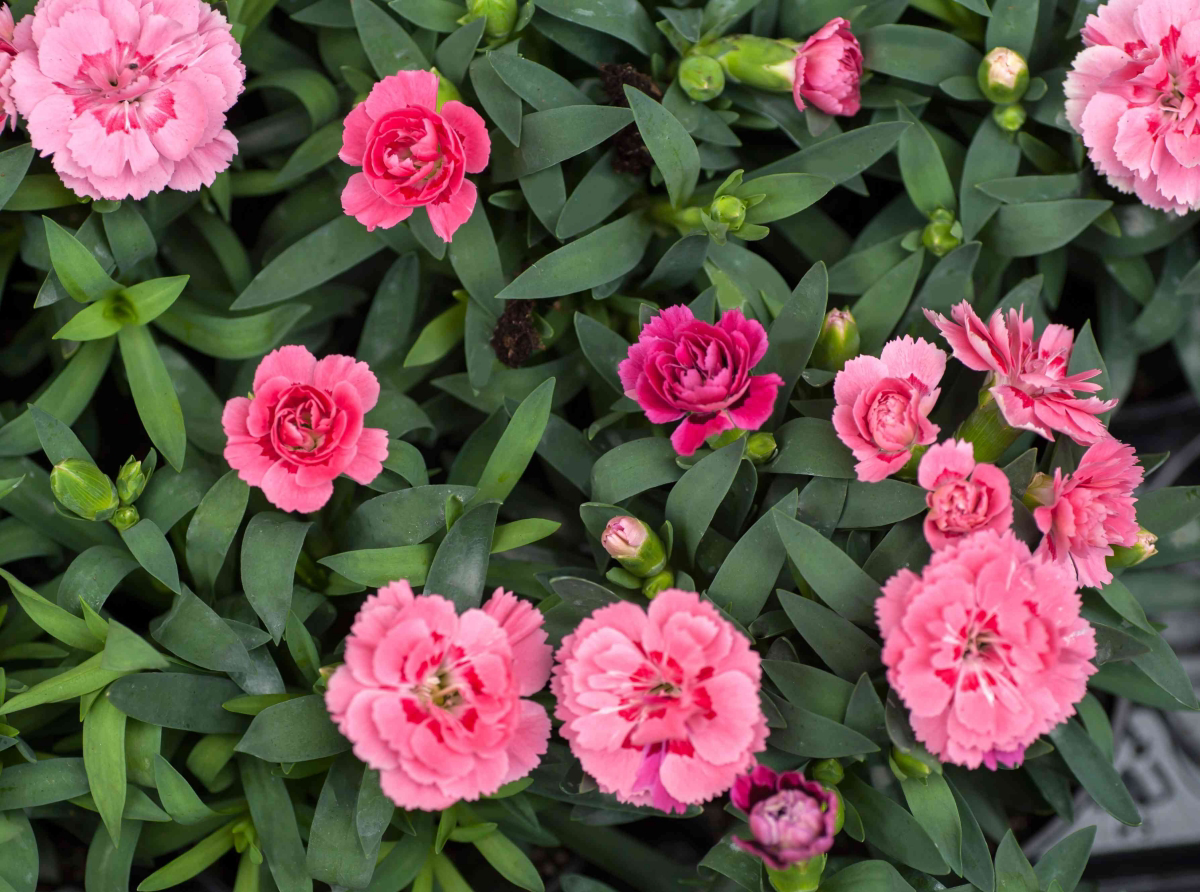
- Keeps moisture away from the plant’s crown, preventing rot.
- Delivers water directly to the roots where it’s needed most.
- Reduces water waste through evaporation.
The secret? Using a soaker hose snaked through your carnation bed. It’s a simple, efficient watering method that solves many of the common problems that arise from overhead watering with a can or sprinkler.
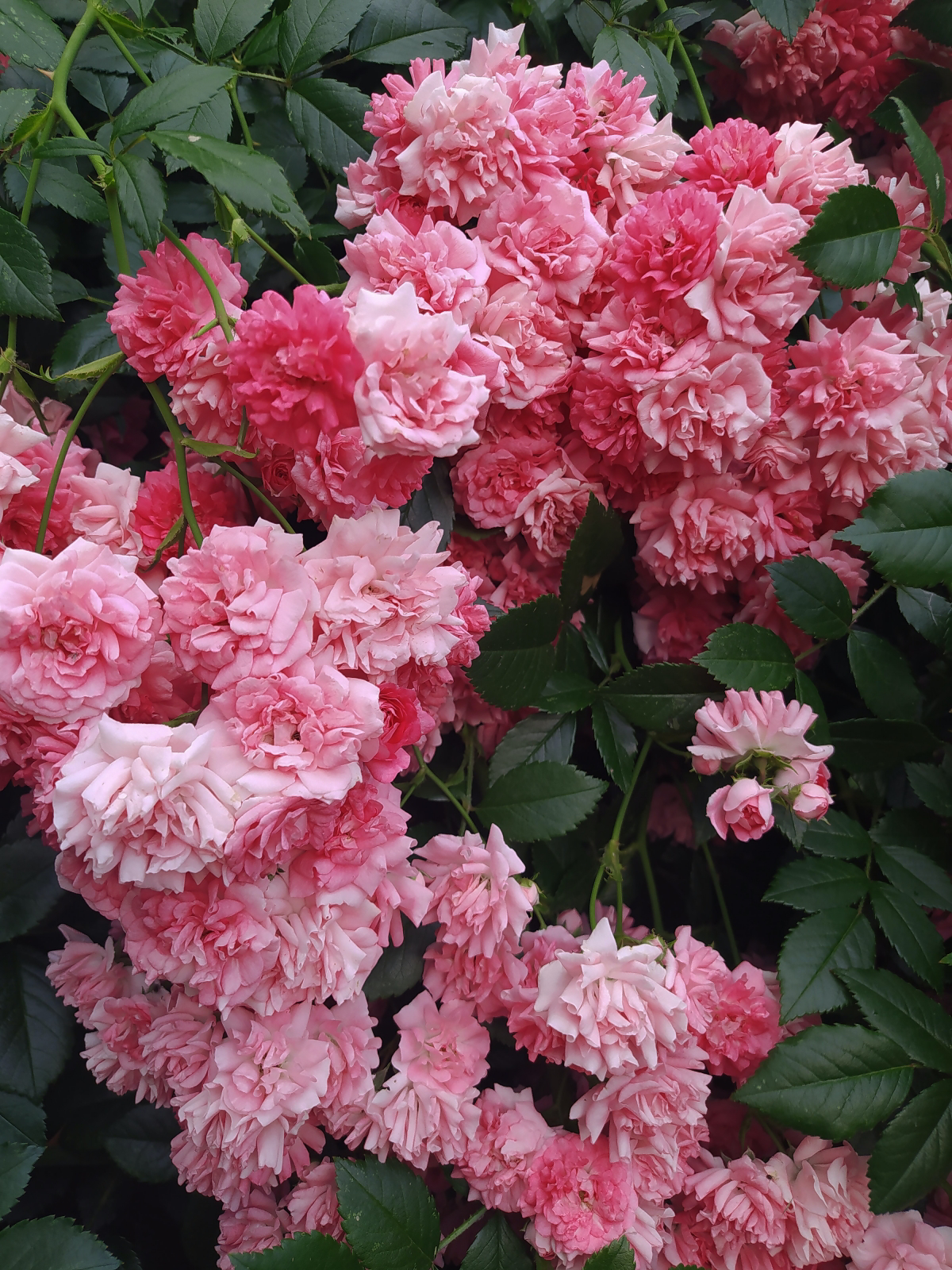
That recurring question about pets is an important one. According to the ASPCA, carnations are mildly toxic to cats and dogs. Ingesting the plant typically causes mild gastrointestinal upset like vomiting or diarrhea, and sometimes mild dermatitis. While not usually life-threatening, it’s best to plant them in areas your furry friends can’t easily access.
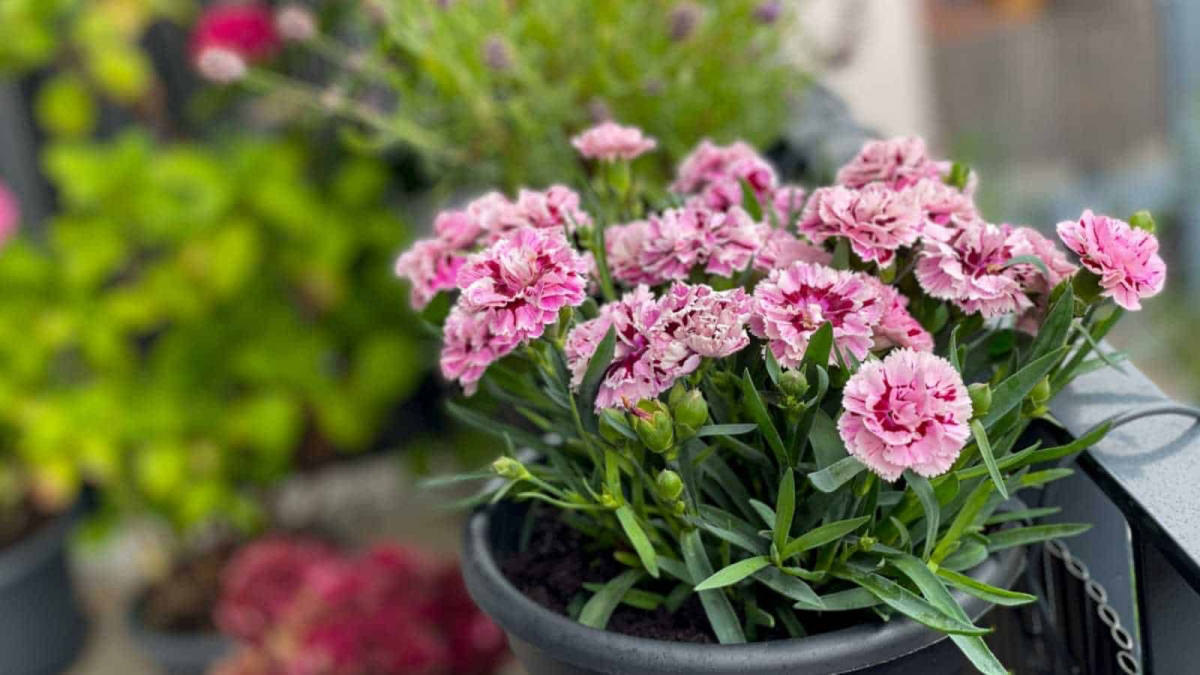
Growing from Seed: The budget-friendly route. A packet of seeds from a supplier like Chiltern Seeds offers the chance to grow dozens of plants for a low cost. The trade-off is time and the potential for genetic variation—not all will be identical to the parent.
Buying Young Plants: The fast track. Purchasing plugs or young plants in spring guarantees you’ll get the specific, named variety you want. It costs more upfront but saves months of waiting and is ideal for beginners.
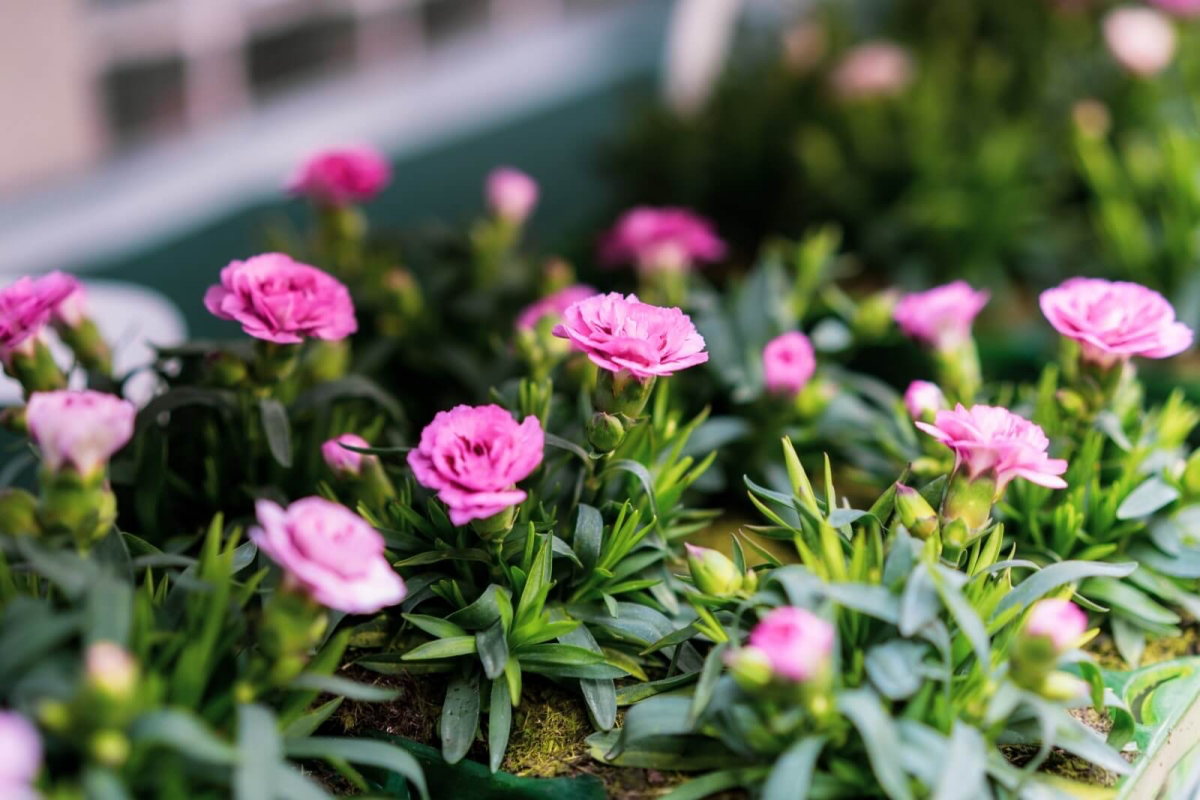
According to a study on floral preservatives, cutting carnation stems underwater before placing them in a vase can increase their lifespan by up to 30%.
This simple trick prevents air bubbles (embolisms) from entering the stem and blocking water uptake. For best results, use a sharp knife for a clean cut, and immediately place them in a solution containing a floral preservative like FloraLife.
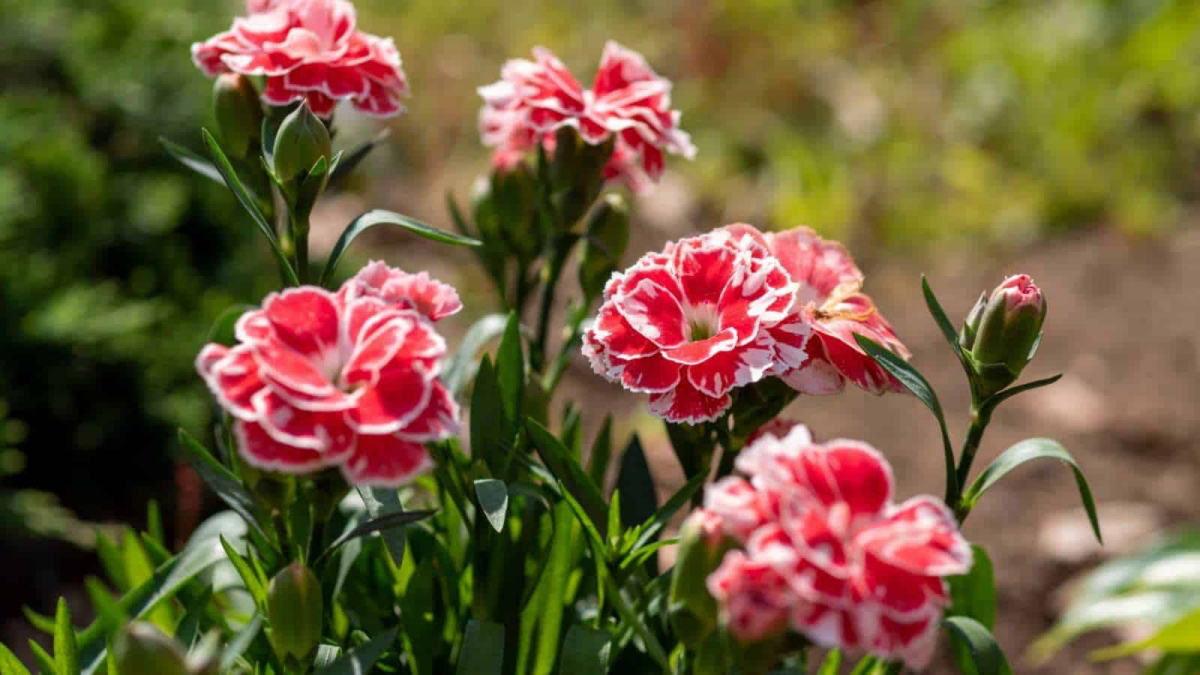
Don’t underestimate the need for support. Many show-quality carnations, especially the Perpetual-flowering types, can grow tall and lanky. Install supports early, before the plant is heavy with buds.
- Single-stem supports: A simple bamboo cane and soft twine work well for individual prized stems.
- Link-Stakes: For a clump of border carnations, metal link-stakes are invaluable. They create an unobtrusive perimeter that prevents the entire plant from flopping open after heavy rain.

A common mistake: Planting too deep. Carnations are highly susceptible to crown rot, a fungal disease that attacks the base of the plant. When planting, ensure the crown—the point where the stems meet the roots—sits at or slightly above the soil level. Mulching right up to the stems is also a no-go; leave a small, mulch-free circle around the base to allow for air circulation.
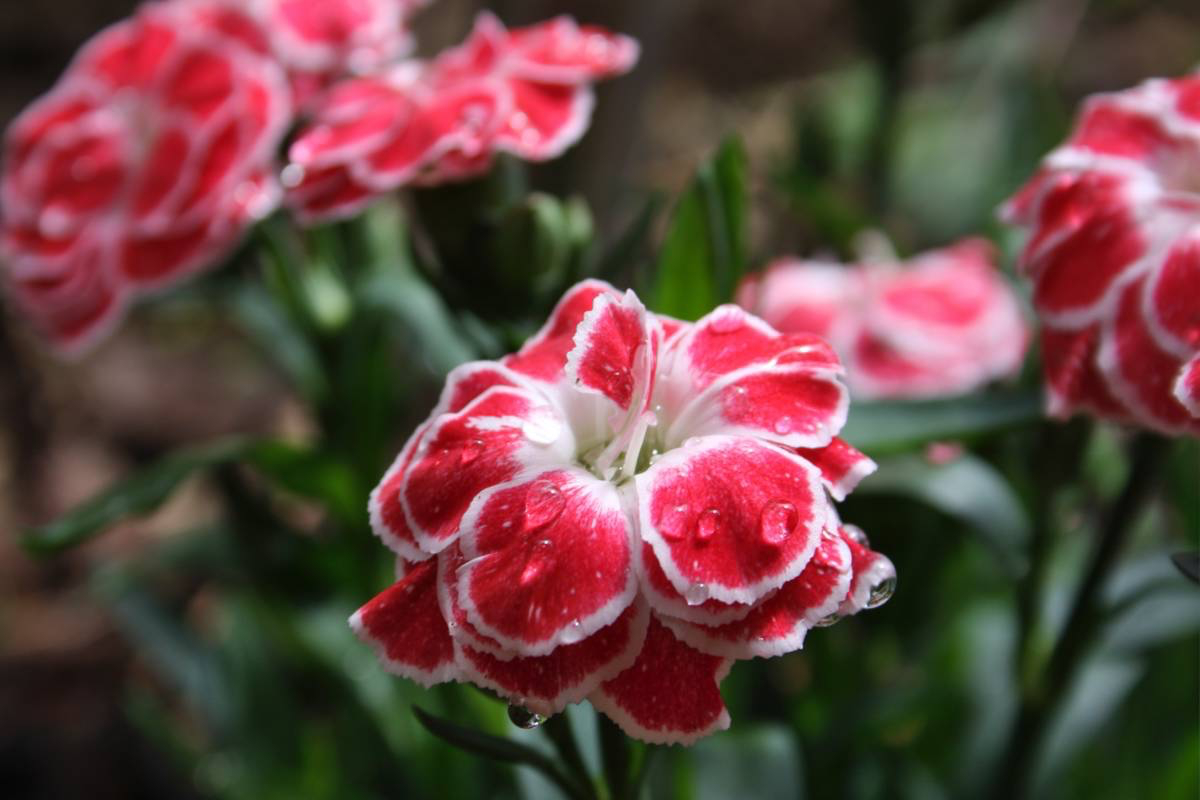
Once you’ve mastered the basics, consider exploring the different types. ‘Border’ carnations are hardy, compact plants perfect for the front of a bed, blooming profusely in early summer. ‘Perpetual-flowering’ carnations are the taller, more demanding cousins grown by florists. They require greenhouse protection in most climates but will reward you with blooms almost year-round. Understanding the difference is key to designing the garden you envision.

What’s the best way to feed my carnations for bigger flowers?
Forget high-nitrogen feeds that produce lots of leafy growth. Carnations are heavy feeders that crave potassium for flower production. Once the plants are established, switch to a high-potash liquid fertilizer, such as a specialty tomato feed like Tomorite. A weekly feeding during the growing season will give you strong stems and vibrant, plentiful blooms.
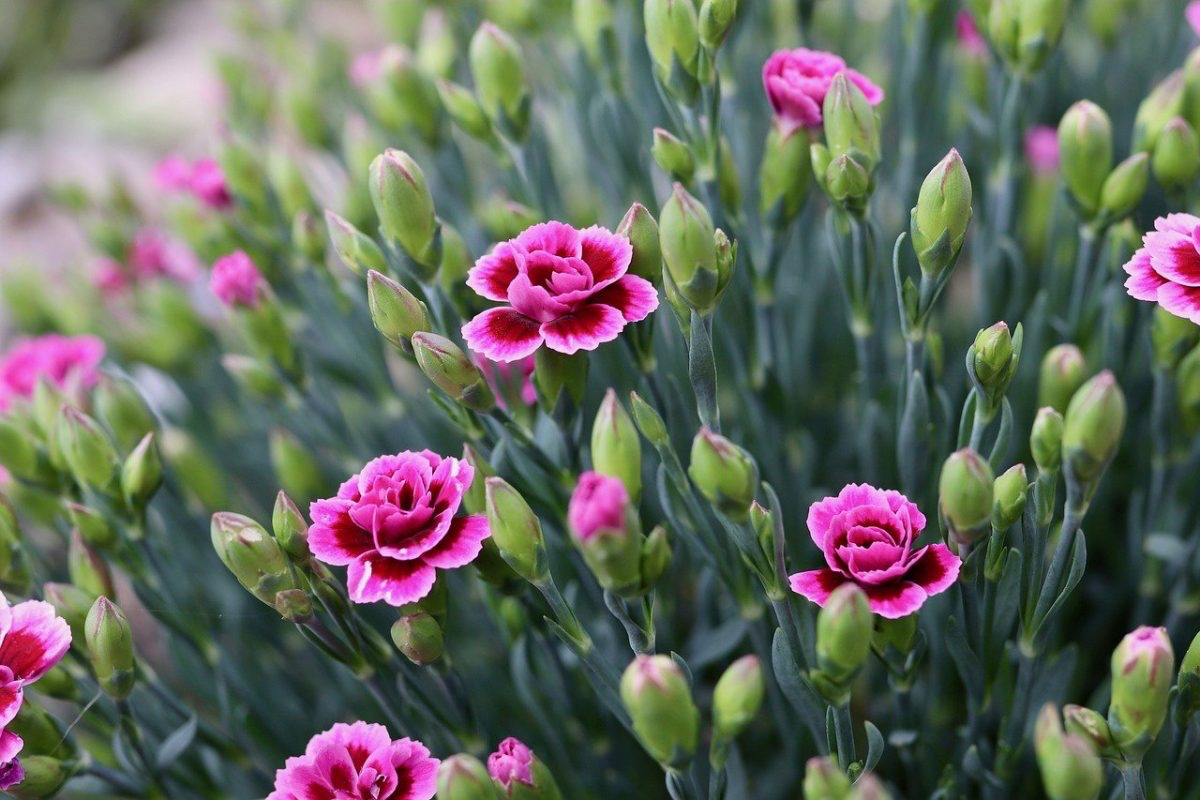
Create a tapestry of texture and color by pairing your carnations with the right companions. Their upright, grassy foliage contrasts beautifully with softer, mounding plants.
- Catmint (Nepeta): Its hazy, blue-purple flowers and silvery foliage complement pink, white, and red carnations perfectly.
- Baby’s Breath (Gypsophila): The classic floral pairing, its cloud of tiny white flowers creates a soft, romantic backdrop.
- Lamb’s Ear (Stachys byzantina): The fuzzy, silver leaves provide a wonderful textural contrast at the foot of taller carnations.
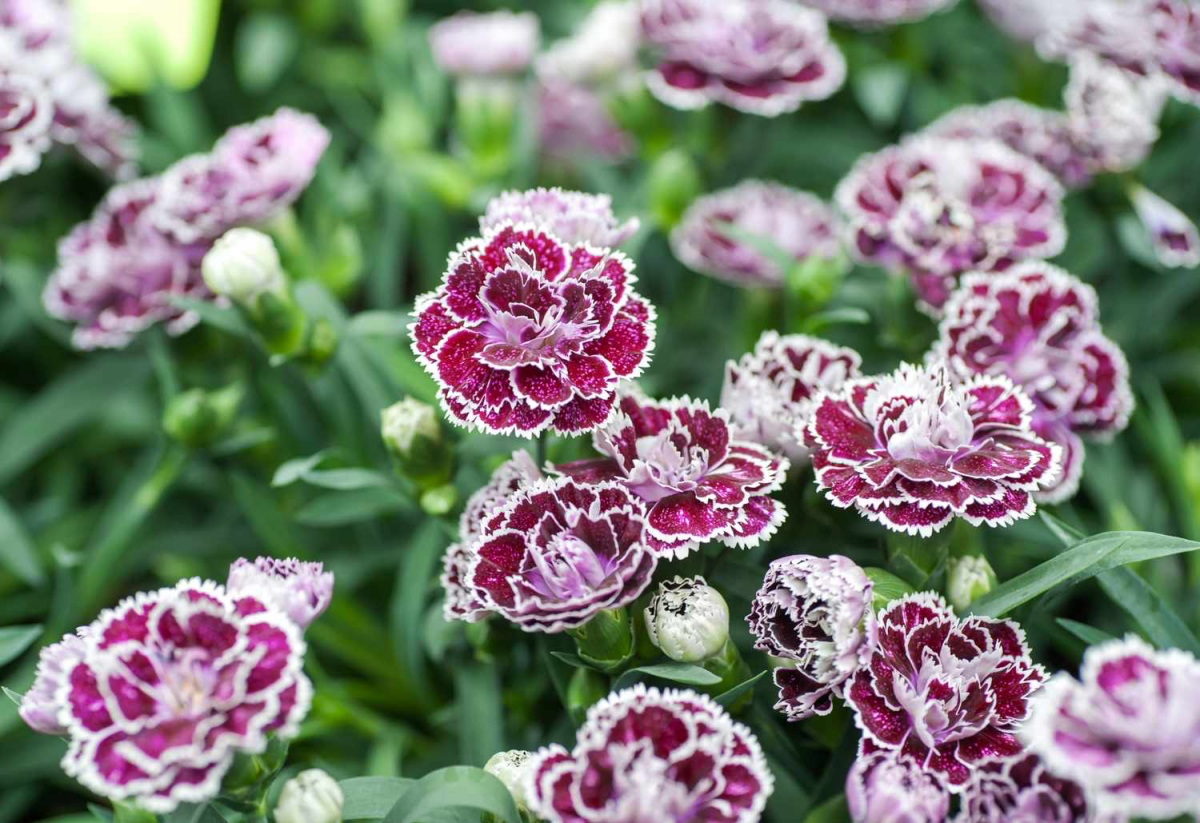
The ‘Malmaison’ carnation was the height of fashion in the Victorian era, prized for its enormous, deeply fragrant blooms. It was said to be Joséphine de Beauharnais’s favorite flower at the Château de Malmaison.
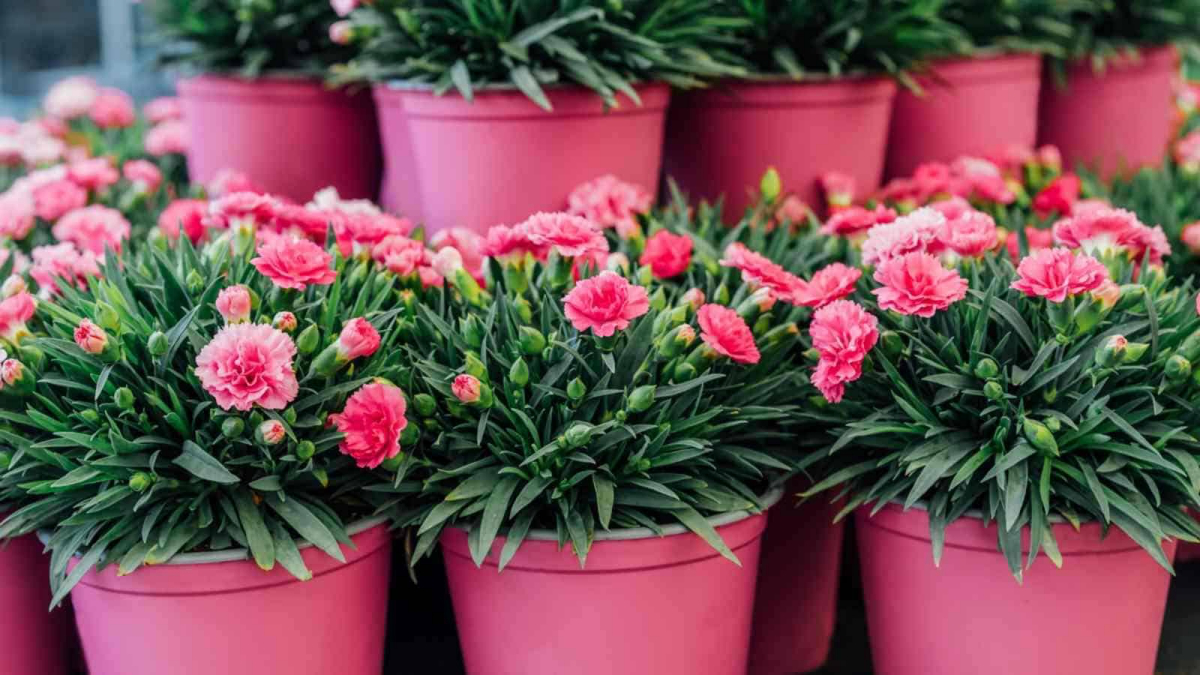
The visual language of carnations is rich and varied. While a red carnation famously symbolizes deep love and admiration, a pink one carries a more tender meaning, said to have first appeared on earth where the Virgin Mary’s tears fell, making it a symbol of a mother’s undying love.
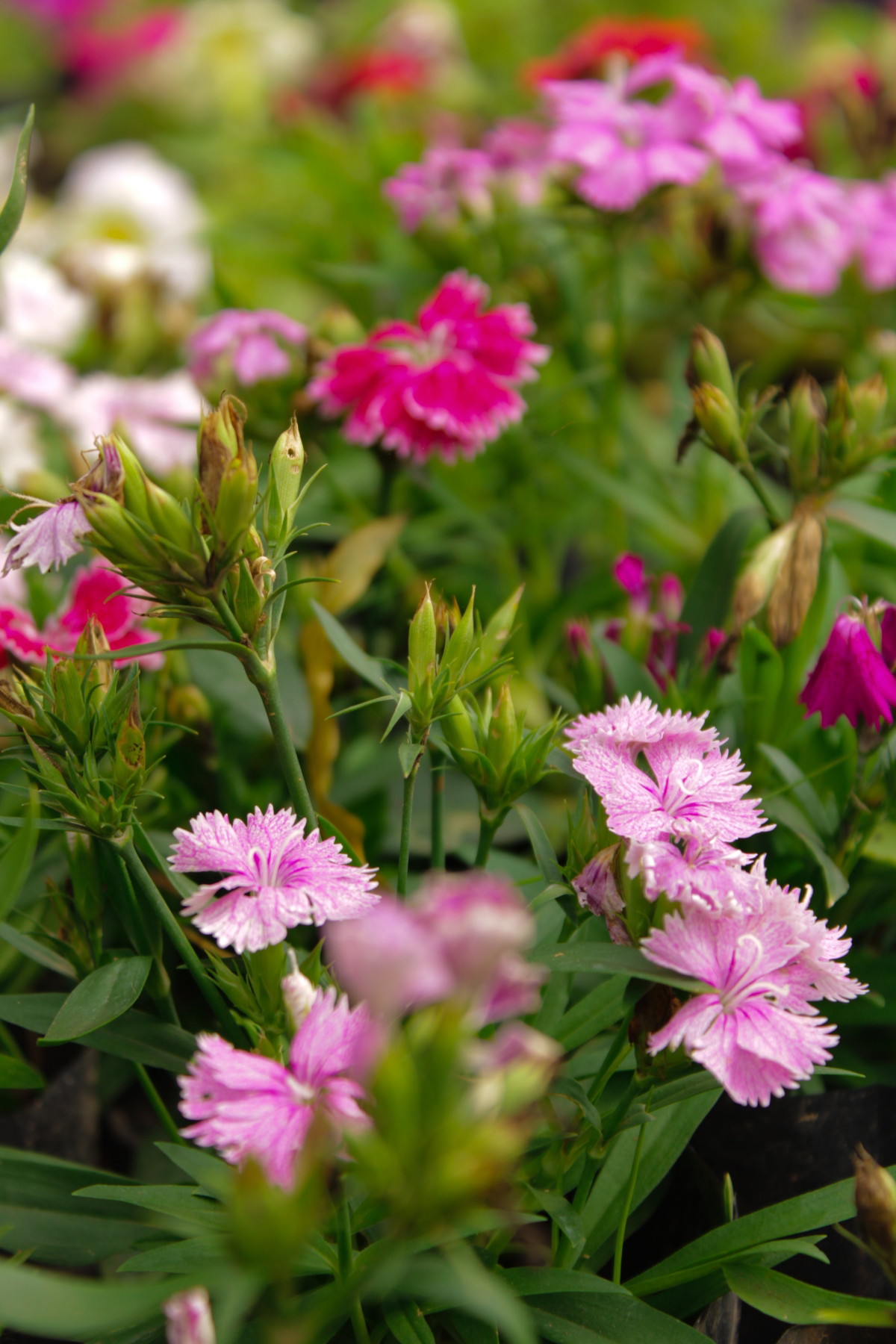
Overwintering your prized perpetual-flowering carnations is crucial for getting blooms year after year. If you’re in a climate with harsh winters, pot them up in late autumn and move them into a protected space. A cold frame or an unheated greenhouse is ideal. They don’t need warmth, but they do need to be protected from the freeze-thaw cycles and winter wet that can rot their crowns.
Picotee: A carnation where the petal edge is a different color from the base. A classic example is a white petal with a fine red or purple margin.
Self: A flower of one single, solid color.
Exploring these patterns opens up a new level of appreciation. Instead of just ‘a pink carnation,’ you can start to identify and seek out a ‘pink picotee’ or a ‘crimson self,’ turning your garden into a curated collection.










